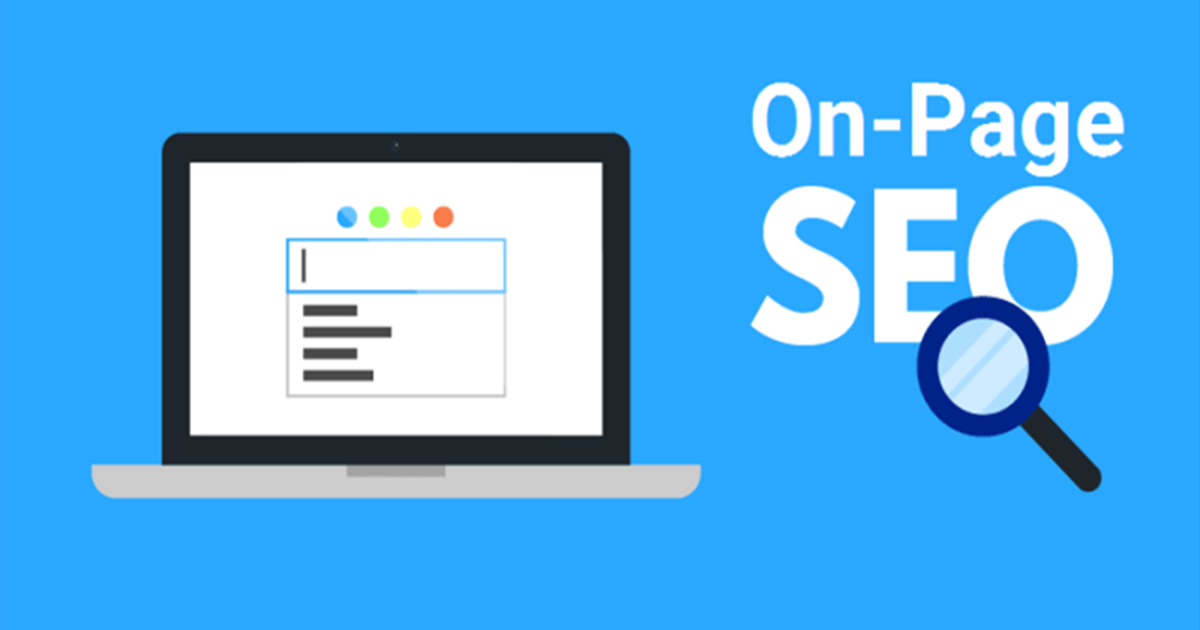Hi, Dave Fox here from Starscape SEO. On-page SEO is one of the most critical components of search engine optimization. It refers to the process of optimizing individual web pages to rank higher and earn more relevant traffic in search engines.
This involves both the content on the page and the HTML source code, unlike off-page SEO which refers to links and other external factors.

Call or Text Starscape SEO: (519) 208-8680
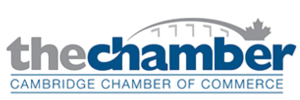
Mastering on-page SEO requires a balance between providing a high-quality user experience and ensuring search engines can efficiently crawl and understand the content.
In this article, we’ll explore the best practices for on-page SEO, focusing on key areas such as keyword optimization, content quality, meta tags, and technical elements.
By following these practices, you can enhance your website’s visibility and improve your rankings.
Keyword Research and Placement

The foundation of on-page SEO begins with keyword research. Identifying the right keywords ensures that your content aligns with what users are searching for.
Effective keyword research involves understanding your target audience, analyzing competitors, and using tools like Google Keyword Planner, Ahrefs, or SEMrush to discover the phrases and terms with the best balance of search volume and competition.
Once you’ve identified your keywords, placement becomes crucial. Here’s how to effectively incorporate them into your content:
Title Tag
Your primary keyword should appear in the title tag of your page. Ideally, place it at the beginning of the title to maximize its impact.
For example, instead of “Learn SEO with These Best Practices,” opt for “SEO Best Practices: Learn How to Optimize Your Site.”
Headings (H1, H2, H3)
Use keywords in your headings to structure your content. The H1 should contain the primary keyword, while secondary keywords can appear in H2 and H3 tags.
This helps both users and search engines understand the hierarchy and content of the page.
URL Slug
Incorporate your keyword into the URL to make it more descriptive and SEO-friendly. For instance, a page about on-page SEO could have the URL: “example.com/on-page-seo-best-practices.”
Meta Description
Though not a direct ranking factor, a well-crafted meta description can improve click-through rates (CTR) from the search results. Include your primary keyword and ensure the description accurately reflects the content.
Body Content
Naturally weave your primary and secondary keywords throughout the text, but avoid keyword stuffing. Search engines value readability and flow, so focus on providing valuable information rather than repeating the keyword excessively.
Content Quality and Relevance

High-quality content is the cornerstone of on-page SEO. Search engines like Google reward sites that provide valuable, comprehensive, and authoritative content. Consider the following best practices:
User Intent
Ensure your content aligns with the user’s search intent. For example, if someone is searching for “how to bake a cake,” they expect a clear recipe, not an article about the history of cakes. Fulfilling search intent is crucial for ranking well.
Comprehensive Coverage
Aim to cover your topic thoroughly. In-depth articles often perform better in search results because they answer multiple user questions in a single resource. If you’re writing about on-page SEO, discuss everything from keyword optimization to meta tags, technical SEO, and content structure.
Unique Content
Avoid duplicate content at all costs. Plagiarism or repeated content across your site can lead to penalties from search engines. Always strive to create original, valuable content that adds something new to the conversation.
Multimedia Use
Incorporate multimedia elements such as images, infographics, videos, and charts to enrich the user experience. Multimedia can break up text, making it more digestible, and can also rank in image or video search results, further boosting your page’s visibility.
Optimize Title Tags and Meta Descriptions
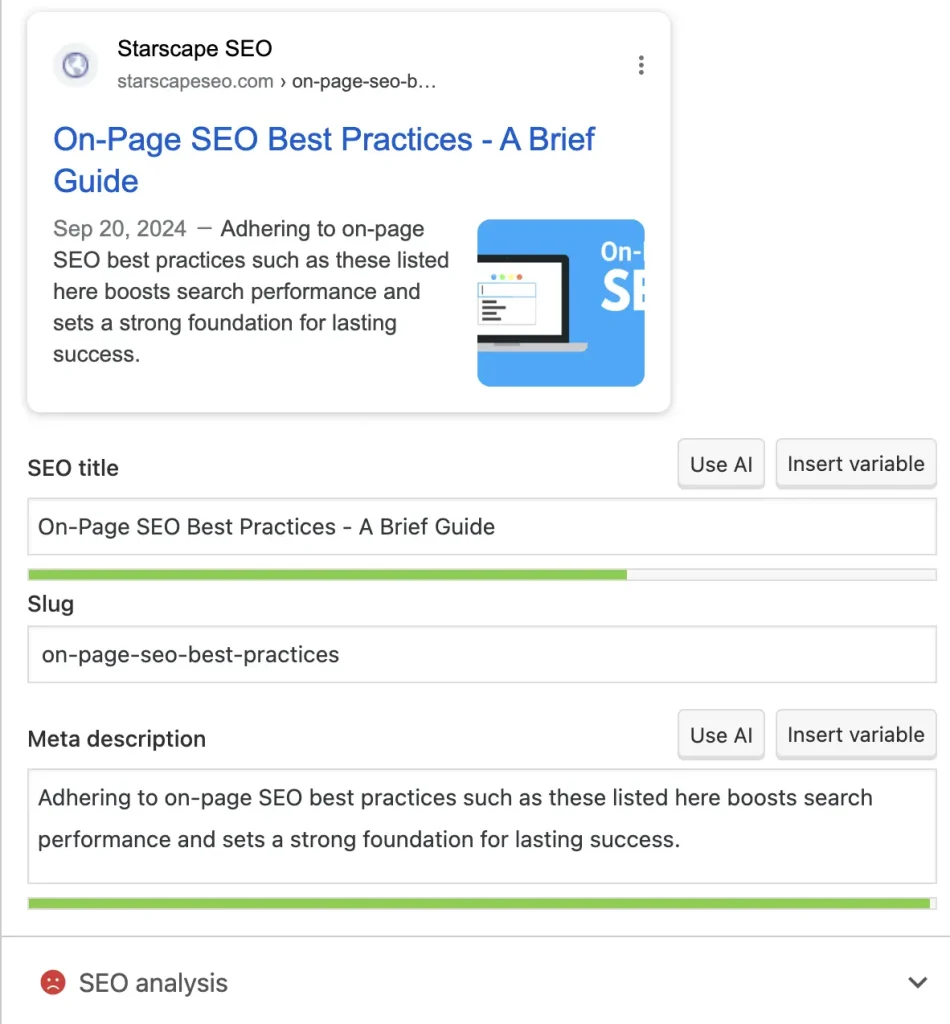
The title tag and meta description are some of the most important HTML elements for on-page SEO.
Title Tag Optimization
The title tag is an essential ranking factor and serves as the headline in search engine results. The best practices for writing a title tag include:
-
- Keep it between 50-60 characters to avoid truncation in search results.
- Use the primary keyword at the beginning.
- Make it compelling to encourage clicks, balancing keyword usage with an enticing message.
Meta Description Optimization
While not a ranking factor, the meta description plays a significant role in CTR. It’s a brief summary of the page that appears below the title in search engine results. Follow these guidelines for optimal meta descriptions:
-
- Keep it between 150-160 characters.
- Include the primary keyword.
- Write a clear and compelling description that explains the page’s value.
URL Structure
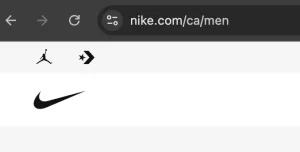
A clean and structured URL is beneficial for both users and search engines. Best practices for SEO-friendly URLs include:
Simplicity
Keep URLs short, concise, and easy to read. Avoid unnecessary numbers, symbols, or confusing elements.
Keywords
Include your primary keyword in the URL, but don’t overstuff it. For example, “example.com/seo-best-practices” is more effective than “example.com/234seobest-practices2024.”
Hyphens Over Underscores
Use hyphens to separate words in URLs rather than underscores. Search engines view hyphens as word separators, whereas underscores are often ignored.
Internal Linking

Internal linking is an essential on-page SEO strategy that involves linking one page of your site to another. This practice helps:
Crawlability
Internal links guide search engine crawlers through your site, helping them understand the structure and hierarchy of your pages.
User Engagement
It keeps users engaged longer by providing them with relevant, related content to explore.
Link Equity
It distributes link equity across your site, helping to boost the ranking potential of other important pages.
Use keyword-rich anchor text for internal links and ensure that links flow naturally within the content. Don’t overdo internal linking; focus on providing value by linking to genuinely relevant pages.
Image Optimization
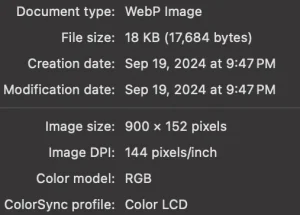
Images can enhance user engagement, but they also provide opportunities for SEO optimization:
Alt Text
Add descriptive alt text to each image, including relevant keywords. Alt text helps search engines understand the content of the image, which can improve image search rankings.
File Names
Use descriptive filenames for your images before uploading them. Instead of “IMG1234.jpg,” use “on-page-seo-best-practices.jpg” to enhance relevance.
File Size
Compress images to reduce loading times, as page speed is a ranking factor. Tools like TinyPNG or ImageOptim can help reduce file sizes without sacrificing quality.
Mobile Optimization and Site Speed
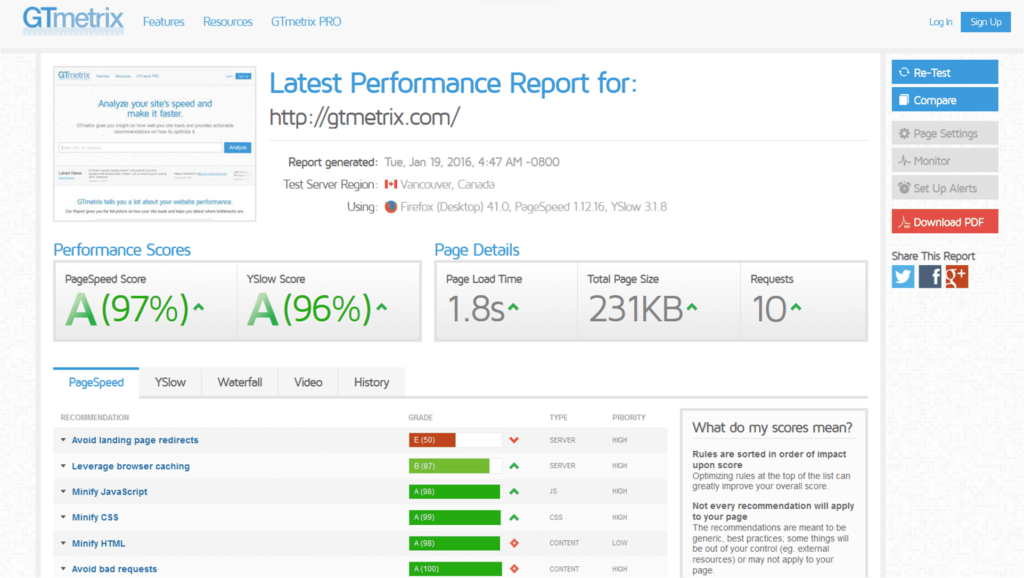
With Google’s mobile-first indexing, it’s essential to ensure that your site is mobile-friendly. This means:
Responsive Design
Your site should adapt to different screen sizes without sacrificing usability. Use responsive design techniques to ensure that both desktop and mobile users have a smooth experience.
Page Speed
Fast-loading pages rank better and provide a better user experience.
Use tools like Google’s PageSpeed Insights to analyze your site’s speed and implement necessary improvements, such as compressing images, enabling browser caching, or minifying CSS and JavaScript files.
By adhering to these on-page SEO best practices, you can significantly improve your website’s search engine performance.
Prioritizing content quality, keyword optimization, and technical factors such as mobile-friendliness and site speed will help you create pages that rank well and engage users.
Keep monitoring your progress, as SEO is an ongoing process, but by following these guidelines, you’ll lay a strong foundation for long-term success.

